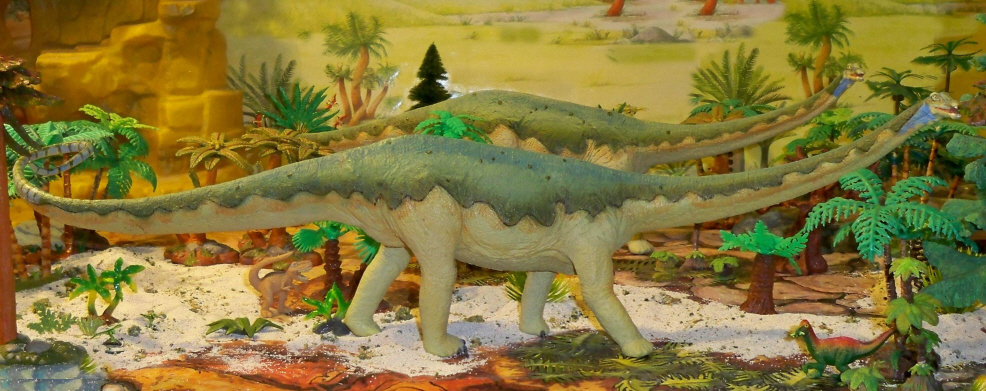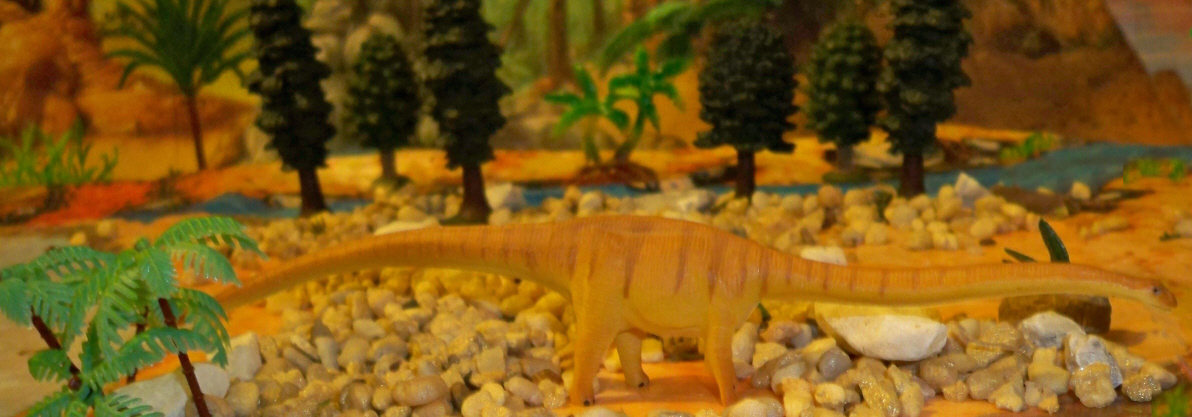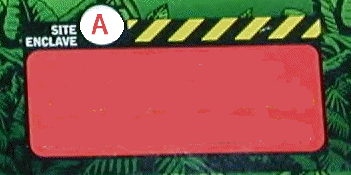LATE JURASSIC MORRISON FORMATION
Diplodocus.
updated 060412
Mouse over the graphics for more figure info.
Diplodocus gets its name from the middle tail bones which had fore and aft bony skids that protected the blood vessels if its tail dragged on the ground. The tail, supported by huge tendons, was actually held horizontally, well above the ground. A find of skeleton and skin impressions indicated that it (and possibly other sauropods also) had a row of spines down its back. It could probably move its lower jaw backwards and forwards, possibly to allow a greater gape and aid in stripping foliage from branches during high browsing.

Groups of Diplodocus moved around the Morrison Floodplain in small herdes, feeding on low growing plants. It had a relatively long walking stride compared to other sauropods. The neck was carried in an angle with the head pointing down like modern animals with the abilty to lift the head several meters above the ground even if it mostly feed lower.

Diplodocus carnegii is the one well known species in the Morrison. D. hayi known from a single specimen seems to be distinct from other specimens.
